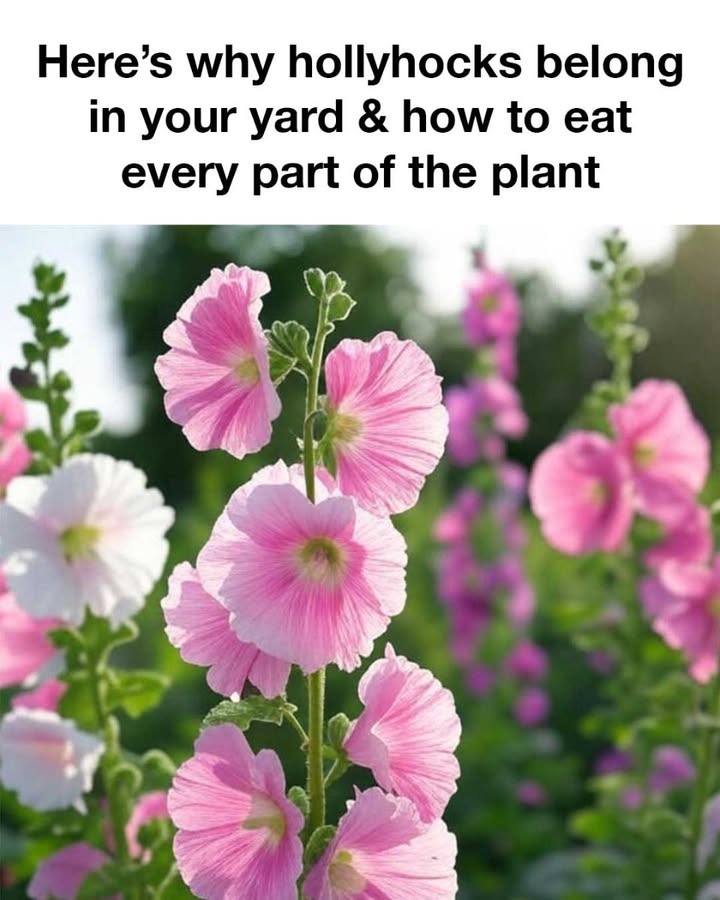Hollyhocks thrive in rich, well-drained soil with a pH between 6.0 and 8.0. Amend your soil with compost or well-rotted manure to improve fertility and drainage. Water hollyhocks regularly, especially during dry spells, but avoid overwatering, as this can lead to root rot.
Planting and Caring for Hollyhocks
Plant hollyhock seeds directly in the garden in late spring or early summer. Space them about 18 to 24 inches apart to allow for good air circulation. Once established, hollyhocks require minimal care. Deadhead spent flowers to encourage continuous blooming and cut back the stems after flowering to promote new growth. Mulch around the base of the plants to retain moisture and suppress weeds.
Common Pests and Diseases of Hollyhocks
Hollyhocks are susceptible to rust, a fungal disease that causes orange spots on the leaves. To prevent rust, ensure good air circulation and avoid overhead watering. If rust appears, remove and destroy affected leaves. Aphids and spider mites can also be a problem; control them with insecticidal soap or neem oil.
How to Eat Every Part of the Hollyhock Plant
Hollyhocks offer a variety of edible parts, each with its own culinary potential. By learning how to prepare and use each part of the plant, you can incorporate hollyhocks into your diet in creative and delicious ways.
Preparing Hollyhock Flowers for Consumption
Hollyhock flowers can be eaten raw or cooked. To prepare them, gently rinse the flowers to remove any dirt or insects. Use them as a colorful garnish for salads, desserts, or beverages. You can also stuff the flowers with cheese or other fillings and bake them for a unique appetizer.
Using Hollyhock Leaves in Culinary Dishes
Young hollyhock leaves can be used in a variety of dishes. They have a mild flavor and can be added to salads, soups, or stews. For a simple side dish, sauté the leaves with garlic and olive oil. Older leaves can be blanched and used as wraps for fillings, similar to grape leaves.
Harvesting and Eating Hollyhock Seeds
Hollyhock seeds can be harvested once the seed pods have dried on the plant. To collect the seeds, simply break open the pods and remove the seeds. They can be eaten raw, toasted, or ground into flour. Use them as a crunchy topping for salads or baked goods, or incorporate them into granola or trail mix.Conclusion: Embracing Hollyhocks in Your Garden and Kitchen
Hollyhocks are a versatile and valuable addition to any garden, offering beauty, environmental benefits, medicinal properties, and culinary uses. By incorporating hollyhocks into your landscape and diet, you can enjoy their many benefits while adding a touch of history and charm to your home. Whether you’re an experienced gardener or a culinary enthusiast, hollyhocks provide endless opportunities for creativity and enjoyment.

Oh I didn’t know this
ADVERTISEMENT
For Complete Cooking STEPS Please Head On Over To Next Page Or Open button (>) and don’t forget to SHARE with your Facebook friends
ADVERTISEMENT